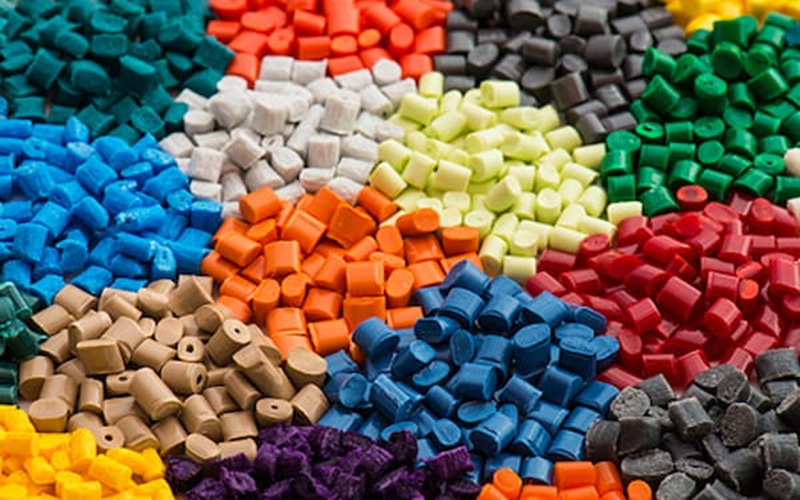Injection molding is a cornerstone of modern manufacturing, enabling the production of precise, high-quality components across industries like automotive, medical, and consumer goods.
The success of this process hinges on selecting the right material, as each offers unique properties that influence performance, durability, and cost.
This article explores 11 key types of injection molding materials, highlighting their properties, applications, and advantages to guide manufacturers and designers in making informed decisions for their specific needs.
Common Plastic Materials For Injection Molding
Plastic injection molding offers a diverse range of plastic resins, each engineered for specific applications and performance requirements.
Selected for their unique material properties such as chemical resistance, flexibility, impact resistance, and ease of processing, these thermoplastic polymers play a crucial role in the injection molding process.
Acrylonitrile Butadiene Styrene (ABS)
Acrylonitrile Butadiene Styrene is a widely used thermoplastic polymer renowned for its excellent balance of mechanical properties, making it a top choice among injection molding materials.
ABS offers high impact resistance, good tensile strength, and impressive dimensional stability, ensuring that plastic parts maintain their shape and performance even under stress.
Additionally, ABS exhibits good chemical resistance to many common substances, although it has poor resistance to UV light.
ABS is commonly found in automotive parts, electronic housings, and lock systems, where its toughness and durability are critical.

Polypropylene (PP)
Polypropylene is one of the most widely used injection molding materials due to its excellent balance of properties and cost-effectiveness.
It offers high impact resistance, good chemical resistance, and outstanding moisture resistance, making it highly suitable for applications in food packaging, medical devices, and automotive parts.
PP’s relatively low melting point allows for efficient processing and precise dimensional control during the injection molding process, contributing to faster production cycles.
Nevertheless, its combination of chemical resistance, cost-effectiveness, and versatility ensures PP remains a top choice among plastic injection molding materials.

High Density Polyethylene (HDPE)
High density polyethylene is a widely used thermoplastic polymer known for its excellent chemical resistance, high impact strength, and good dimensional stability.
Its moisture resistance and relatively low melting point facilitate efficient processing during the injection molding process, while its resistance to many acids, bases, and organic solvents ensures long-lasting performance in harsh environments.
Commonly found in products such as plastic bottles, piping, and plastic bags, HDPE is a cost-effective material choice for manufacturing components that demand both strength and chemical resistance.
Despite its many advantages, HDPE has poor UV resistance, which limits its use in prolonged outdoor applications unless stabilized with additives.
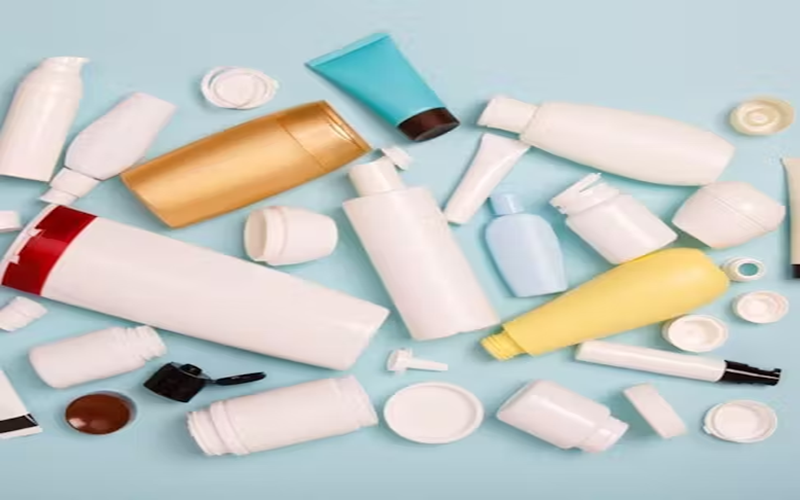
Low Density Polyethylene (LDPE)
Low Density Polyethylene is a flexible and lightweight thermoplastic polymer widely used in injection molding materials for its excellent chemical resistance and moisture resistance.
LDPE has a lower density and offers greater flexibility and impact resistance, making it ideal for applications requiring pliability and durability.
LDPE is commonly used in the production of plastic bags, containers, and packaging films, where its ability to allow light passes through with moderate clarity is beneficial.
Overall, LDPE is a cost-effective and versatile plastic resin that balances mechanical properties and processability for a wide range of consumer and industrial products.
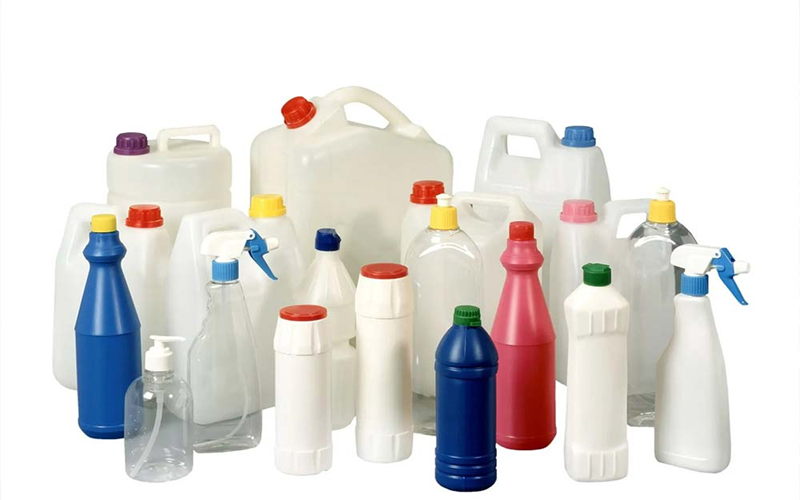
Polycarbonate (PC)
Polycarbonate is an extremely durable thermoplastic polymer known for its outstanding impact resistance and excellent optical properties.
It offers high transparency, allowing a significant amount of light to pass through, which makes it ideal for applications requiring clear visibility, such as light pipes, lenses, and safety goggles.
Additionally, it exhibits high chemical resistance against many organic solvents, although it is less resistant to strong acids.
Due to these many advantages, polycarbonate is widely used in automotive parts, medical devices, electronic housings, and food storage containers where durability and clarity are essential.

Nylon (PA)
Nylon, is a semi-crystalline polymer widely used among injection molding materials due to its exceptional mechanical properties and versatility.
It boasts high tensile strength, outstanding wear resistance, and good thermal stability, making it ideal for manufacturing durable automotive parts, gears, bearings, and electrical components.
Its ability to withstand repeated stress and friction while maintaining toughness and flexibility makes Nylon a preferred choice in engineering applications that require a balance of strength, durability, and thermal resistance.
Additionally, Nylon provides good impact resistance and enhanced UV stability when stabilized with additives, improving its suitability for outdoor and demanding environments.
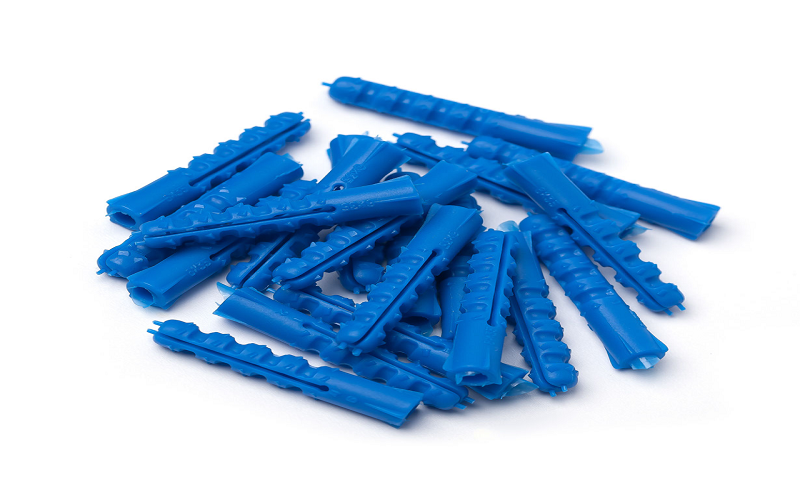
Polystyrene (PS)
Polystyrene is a versatile thermoplastic polymer widely used in injection molding materials due to its excellent rigidity and clarity.
It offers good optical properties and high gloss, making it ideal for applications where optical clarity and a smooth, shiny surface are essential, such as packaging, disposable cutlery, and display cases.
PS is relatively cost-effective and easy to process, which contributes to its popularity in mass production.
Despite these drawbacks, PS remains a favored choice when high dimensional stability and aesthetic appeal are priorities in the final product.
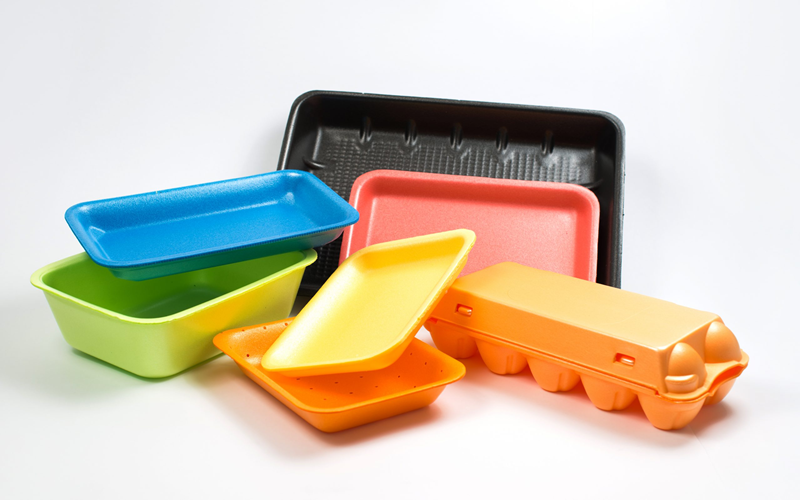
Polyvinyl Chloride (PVC)
Polyvinyl chloride is a versatile and widely used thermoplastic polymer in injection molding materials, known for its excellent chemical resistance and flame retardant properties.
It offers strong weather resistance, making it suitable for both indoor and outdoor applications, particularly in the construction industry for pipes, window frames, and cable insulation.
PVC’s good electrical insulating properties enhance its use in electrical components, while its durability ensures long-lasting performance under harsh environmental conditions.
Additionally, PVC exhibits moderate impact resistance and thermal stability, though it has a relatively low melting point compared to some engineering plastics.

Polyetheretherketone (PEEK)
Polyetheretherketone is a high-performance thermoplastic polymer known for its exceptional chemical resistance and outstanding heat resistant properties.
As a semi-crystalline polymer, PEEK exhibits excellent mechanical strength, dimensional stability, and thermal expansion resistance, making it ideal for demanding applications in aerospace, automotive, and medical devices.
Additionally, PEEK maintains its structural integrity at elevated temperatures, often exceeding 250°C, which ensures reliable performance in harsh environments.
Due to these qualities, PEEK is widely used for components requiring durability, precision, and long-term reliability, such as implants, bearings, and high-temperature electrical insulators.

Thermoplastic Polyurethane (TPU)
Thermoplastic polyurethane is a versatile injection molding material known for its exceptional elasticity, abrasion resistance, and chemical resistance.
It exhibits excellent impact resistance and maintains its mechanical properties across a wide temperature range, including both low and high temperatures.
Additionally, TPU offers good resistance to oils, greases, and many solvents, enhancing its suitability for automotive parts, footwear, medical devices, and protective cases.
Its scratch resistant surface and ability to absorb mechanical stresses without permanent deformation make TPU a preferred choice in demanding environments.
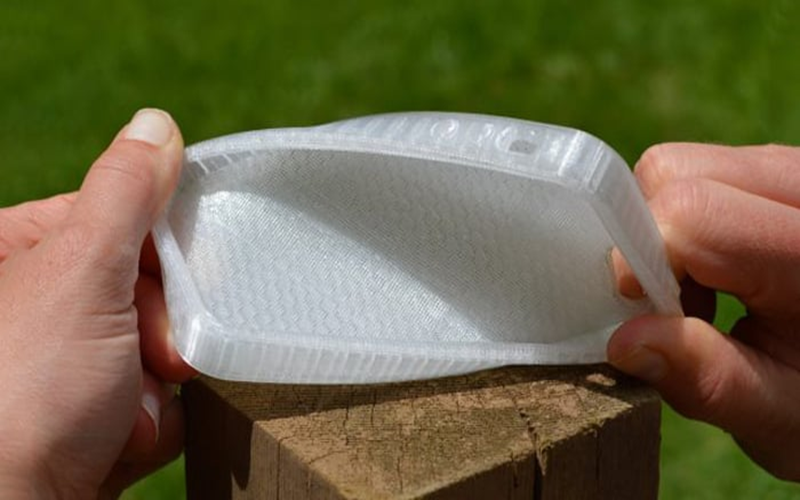
Thermoplastic Rubber (TPR)
Thermoplastic Rubber, also known as thermoplastic elastomer, is a flexible and durable material that combines the elasticity of rubber with the processing advantages of thermoplastics.
It offers excellent impact resistance and good chemical resistance, making it ideal for applications requiring both toughness and flexibility.
TPR is commonly used in automotive components, medical devices, and consumer products where shock absorption and moisture resistance are crucial.
Its ability to withstand repeated deformation without permanent damage, along with its recyclability, makes TPR a cost-effective and environmentally friendly choice in the injection molding process.
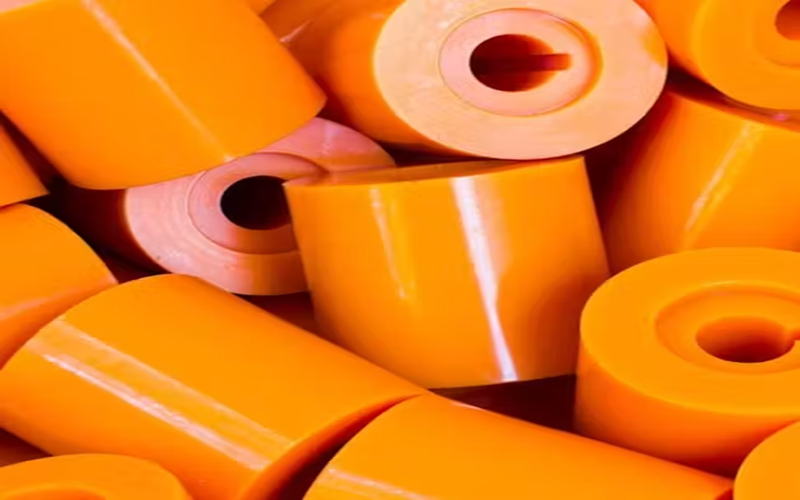
How To Choose Material For Your Plastic Injection Molding?
Choosing the right injection molding material is paramount to the success of any project.
It is important to consider factors such as chemical resistant properties, impact resistant capabilities, and whether the material absorbs moisture, as these affect durability and functionality.
Additionally, understanding the different grades of a material, such as Polyethylene Terephthalate. Materials reinforced with glass fibers often provide enhanced mechanical strength and dimensional stability, making them suitable for demanding applications.
Being aware of potential issues like stress cracking can help in choosing materials that maintain integrity under stress.
Staying updated on material innovations can provide new opportunities for enhanced material performance and cost-effectiveness.
All in all, by carefully selecting materials that meet specific application requirements manufacturers can achieve optimal results, balancing performance, durability, and cost.

Conclusion
Selecting the right injection molding materials is essential for achieving optimal performance, durability, and cost-effectiveness in manufacturing plastic parts.
Each material offers unique properties such as chemical resistance, heat resistance, impact strength, and dimensional stability, which must be carefully matched to the specific requirements of the application.
Understanding the characteristics of common plastics like ABS, polypropylene, polyethylene, and polycarbonate empowers designers and manufacturers to make informed decisions that enhance product quality and longevity.
Additionally, considering factors like moisture resistance, UV stability, and processing capabilities ensures smoother production and better end-use results.
By staying informed about material innovations and leveraging the diverse range of thermoplastic polymers available, businesses can optimize their injection molding process and deliver superior plastic components tailored to their needs.

